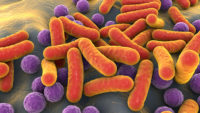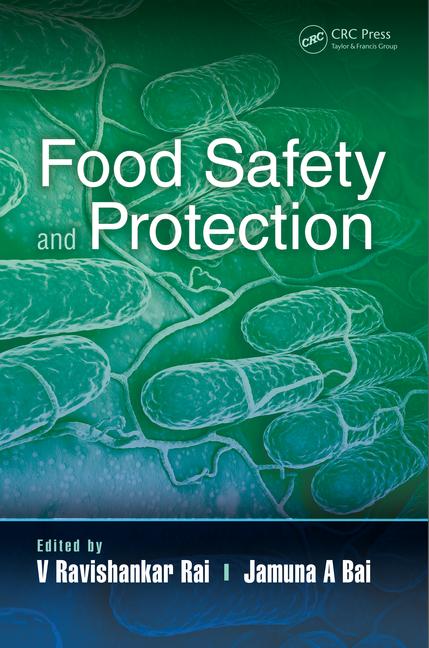Autumn, Winter Pose Greatest Risk for Foodborne S. aureus, Study Finds

Credit: CDC (@cdc) via Unsplash
A recent study has demonstrated that seasonality and food type can influence the enteric toxicity and bacterial count of foodborne Staphylococcus aureus. The pathogen is of particular concern to food safety because it can survive in a wide range of temperatures (approximately 7–48 °C), and its enterotoxins are thermostable.
The study’s researchers analyzed 3,604 food samples collected from 2016–2020. A total of 52 food samples tested positive for staphylococcal enterotoxins, 44 of which were dairy products. Confirming the heightened microbial risk of raw dairy products, 22 of the contaminated dairy products were declared as being made of raw milk, and the other 22 samples had no declaration.
Additionally, autumn was found to be the season of highest risk for enterotoxin contamination, specifically in October. The study’s researchers hypothesize that this may be due to a greater release of toxins by S. aureus in autumn after the warmth of summer, ensuring a higher incidence of toxins in food.
The findings also revealed seasonal differences in the bacterial count of S. aureus. April has the lowest counts overall, and the risk of contamination was found to be greater during winter months than during the summer.
Looking for a reprint of this article?
From high-res PDFs to custom plaques, order your copy today!









